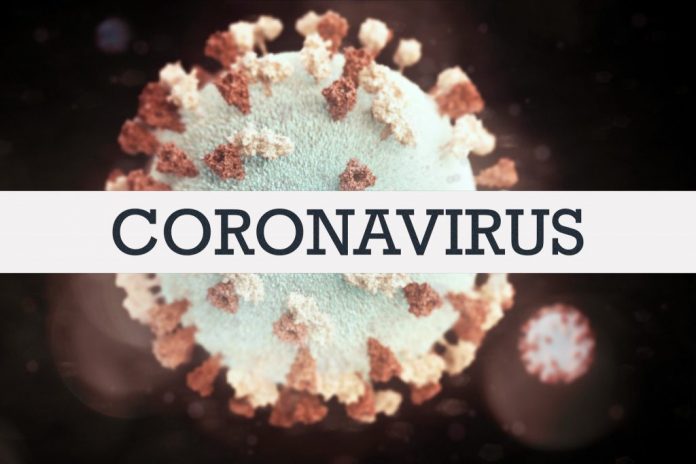More coronavirus complications unfold this week as infection rates continue to rise across the U.S. Read our full coverage here.
Data from COVIDtracking.com shows nearly 6,000 deaths and over 33,000 people have been hospitalized in the U.S. However, Dr. Deborah Birx says ongoing shortages mean “big picture” data is incomplete and the situation remains extremely fluid. Birx serves as response coordinator for the national Coronavirus Task Force.
Last week’s $2 trillion stimulus bill designates an additional $1 billion for the Indian Health Service and $8 billion in relief funds for tribal governments, Huffington Post reports. Yet critical awareness, infrastructure, and funding needs remain.
“We’re seeing reports on the news every night on just about every aspect of the coronavirus crisis, except about the First People of this continent,” Brad Hutchcraft from Ron Hutchcraft Ministries says.
“Most of America has no idea what’s going on in Native America.”
More Native America headlines here.
Experts say the pandemic exacerbates challenges faced by most tribal health care systems – things like outdated technology, provider shortages, and a general lack of resources. As described here, COVID-19 will impact reservations differently than the wider community.
“A snapshot of how hard this can hit Native America can be found on the Navajo Nation,” Hutchcraft says.
“The beautiful Navajo people make up 2% of Arizona’s population, but they’re representing 11% of Arizona’s COVID-19 cases right now.”
Realities outside of the medical field pose a challenge, too. In many cases, Native culture prioritizes community, which makes social distancing and isolation difficult. Furthermore, accessing daily necessities like food and medicine can be problematic for those who live in remote areas. Even if transportation becomes available, finances present another restriction.
“The poverty rate in Native America is over two times the national average… and can be over four times the average in a lot of these communities,” Hutchcraft says.
SOURCE: Mission Network News, Katey Hearth
All Content & Images are provided by the acknowledged source
